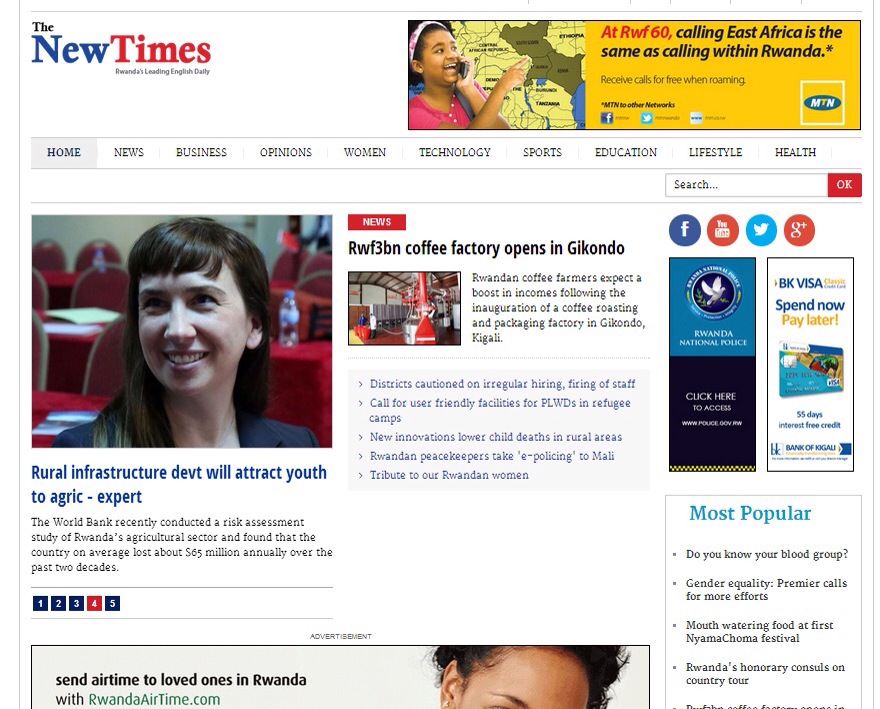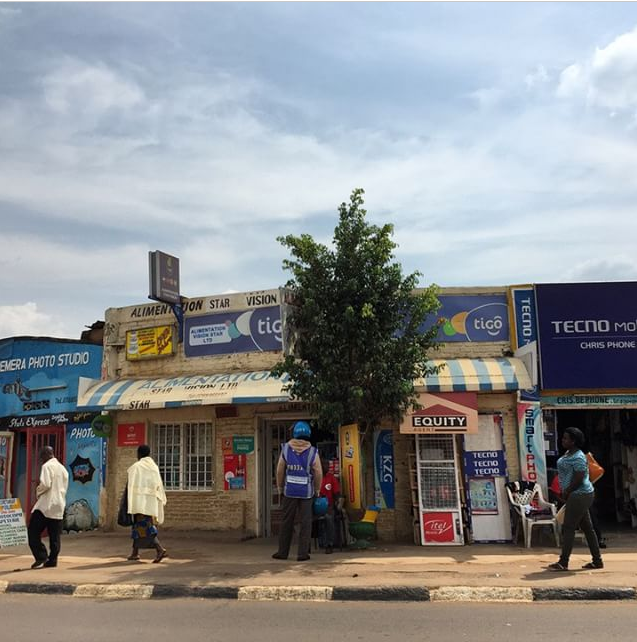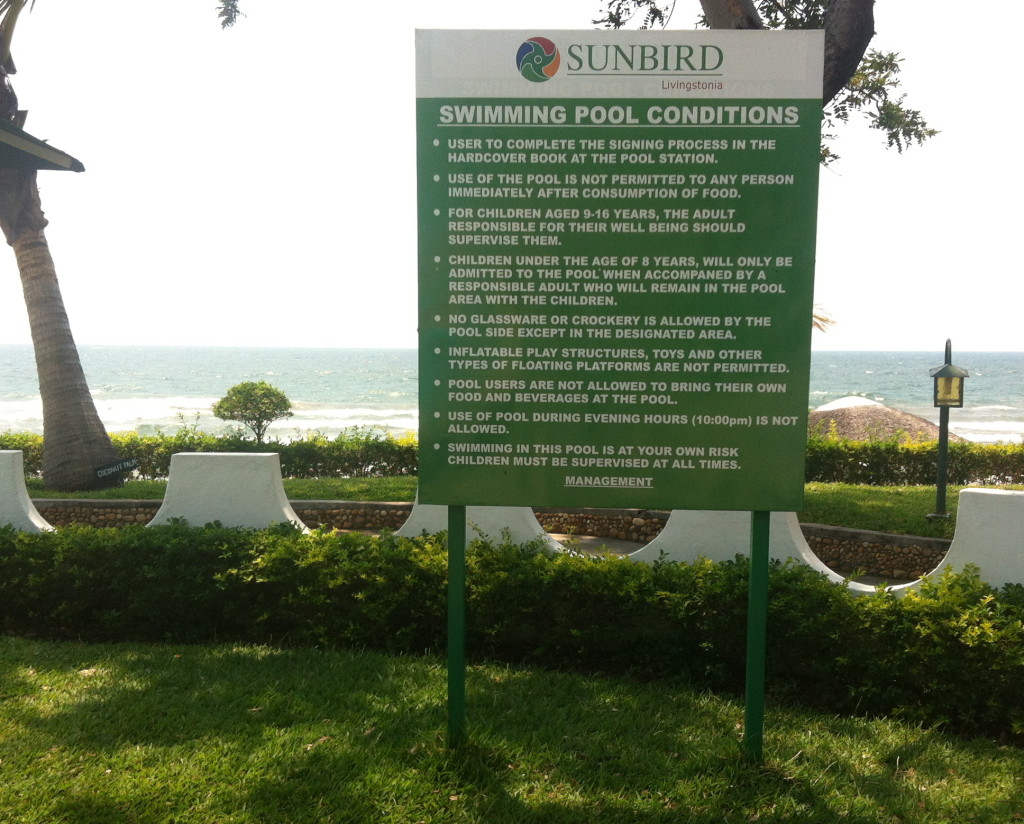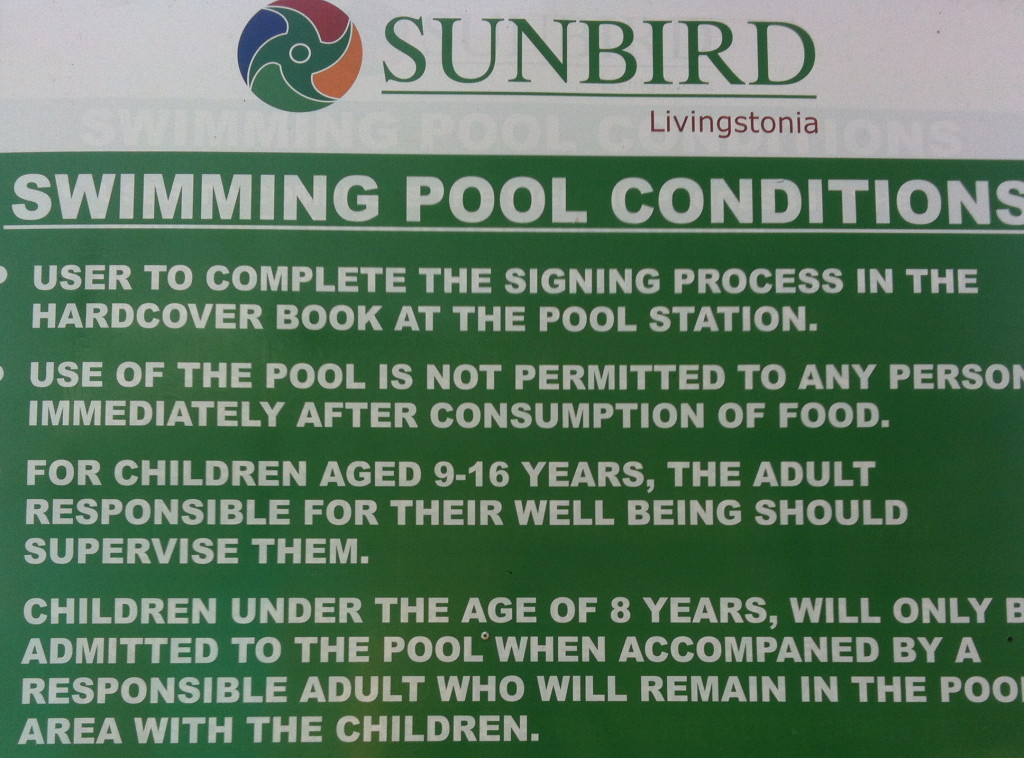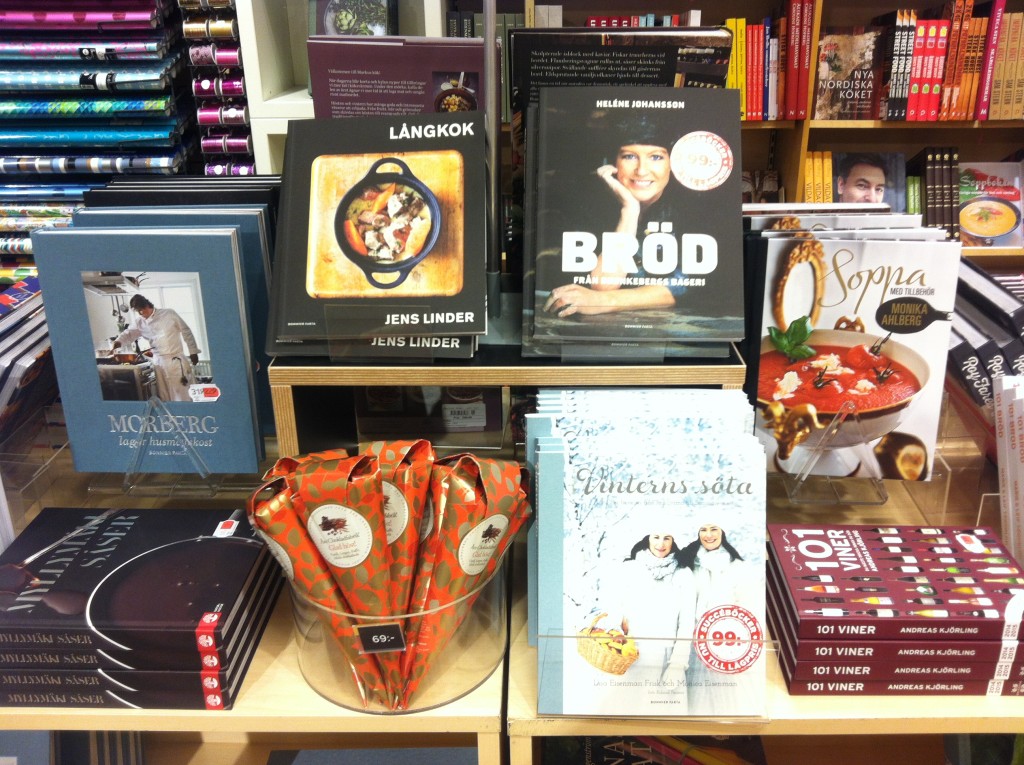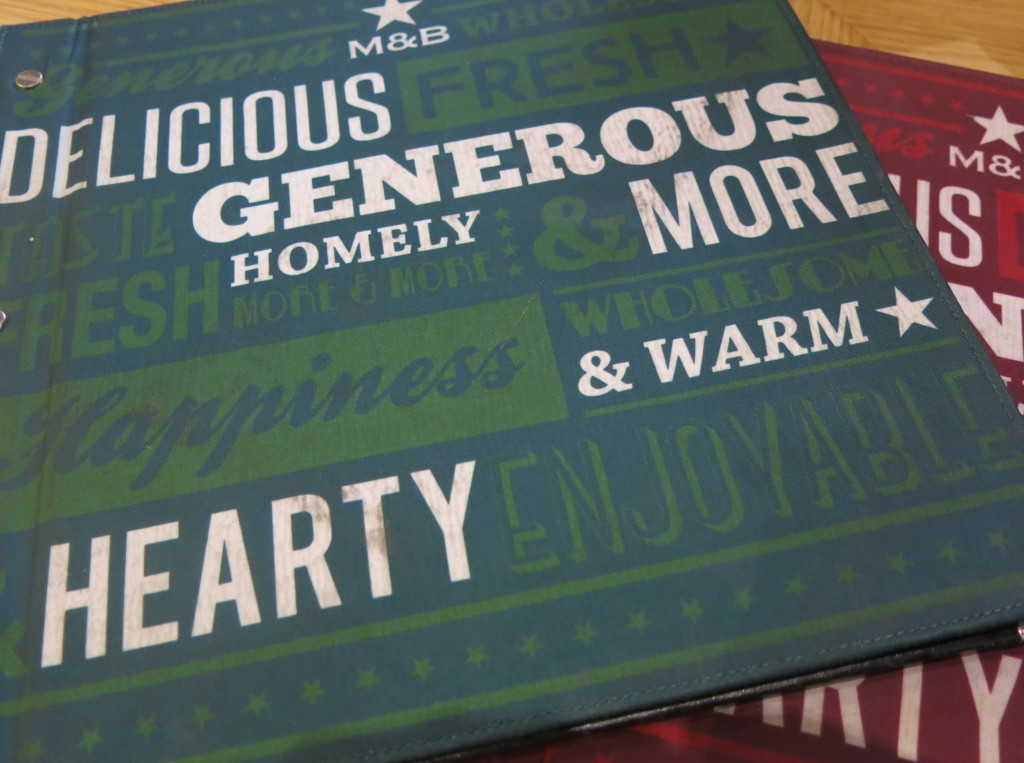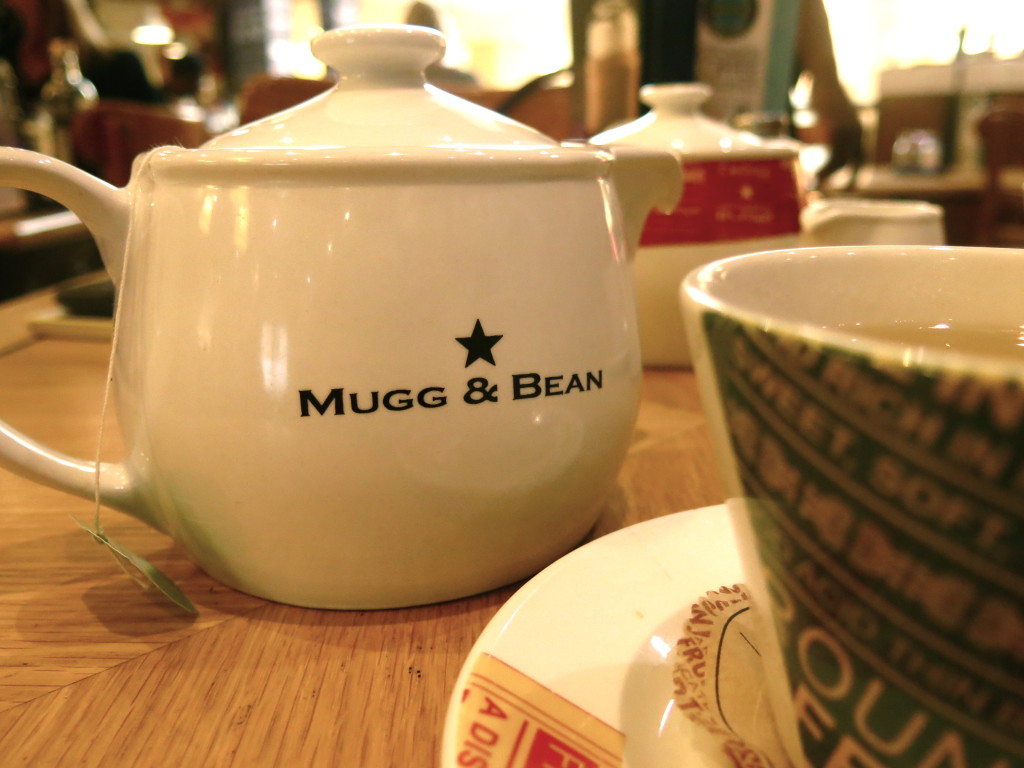I may have written about this earlier but my business trips are normally quite far from the general perception of business travels. Yes, I do stay in comfy hotels when in capitals – never the in fanciest ones but at least in those where internet is supposed to work. (It often doesn’t, of course!) But my business travels often also include trips into the rural areas with overnight stays at small guesthouses that normally attend to local tourists or backpackers, and most importantly, these trips include meetings with farmers, researchers at branch institutes, and public servants in local offices. In addition, my trips often mean spending hours and hours with colleagues from the country I’m in, a driver, and/or an interpreter, which in turn means ample of time for conversation. So I normally go a lot more “off the beaten track” and talk a lot more with locals when I travel for work than when I am on vacation. Which I think is the opposite of what many people picture when they hear the term business travels. But this time in Johannesburg, my trips was really the typical business trip. I didn’t stay at an airport hotel, but not far from it: at the Radisson Blu Gautrain, which is located just across from the Sandton train station where the airport train stops. And I barely got out of the hotel in the six days that I was there.
I came with a team to hold a training for African policy practitioners on how to conduct agricultural risk assessments (more info here). We had a great group of participants (many of them in countries where we work) and I delivered the training together with my closest colleagues, which was nice for a change as we normally lead our own tasks and work with specialized consultants. So I enjoyed this work tremendously! And the last evening, before the rest of my team headed back to Washington and I on to Malawi, we had dinner at The Butcher Shop and Grill, where I had the best meat ever (aged steak!) So just like last time, my stay in Johannesburg was great – it’s such a pleasant place and people are so nice – and I hope I will get to go back in not too long and also at some point see more of South Africa!
I have to say something more about the food in this post, because it wasn’t just the meat at the restaurant that last evening that was good; I actually don’t think I’ve ever been other than excited about the food I’ve had in Johannesburg. The cuisine reflects South Africa’s mixed culture and everything is freshly made and with good quality ingredients. Portions are in nice (read healthy) sizes, and even at our training event, the snacks in the breaks included lots of fruits, small sandwiches, etc (see pics). Even bar food and café food have been very good, and the breakfasts have been divine at the two hotels where I’ve stayed! And in addition to this fantastic cuisine, there is of course the local wine that goes with! So just the culinary experience makes Johannesburg worth a visit!
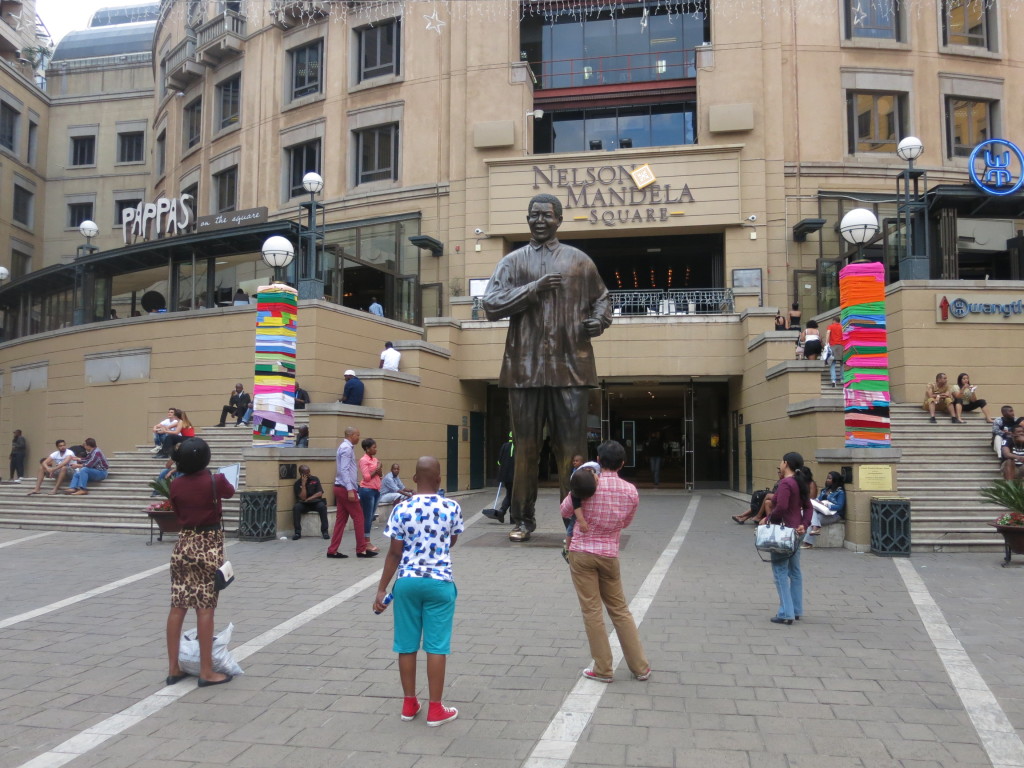
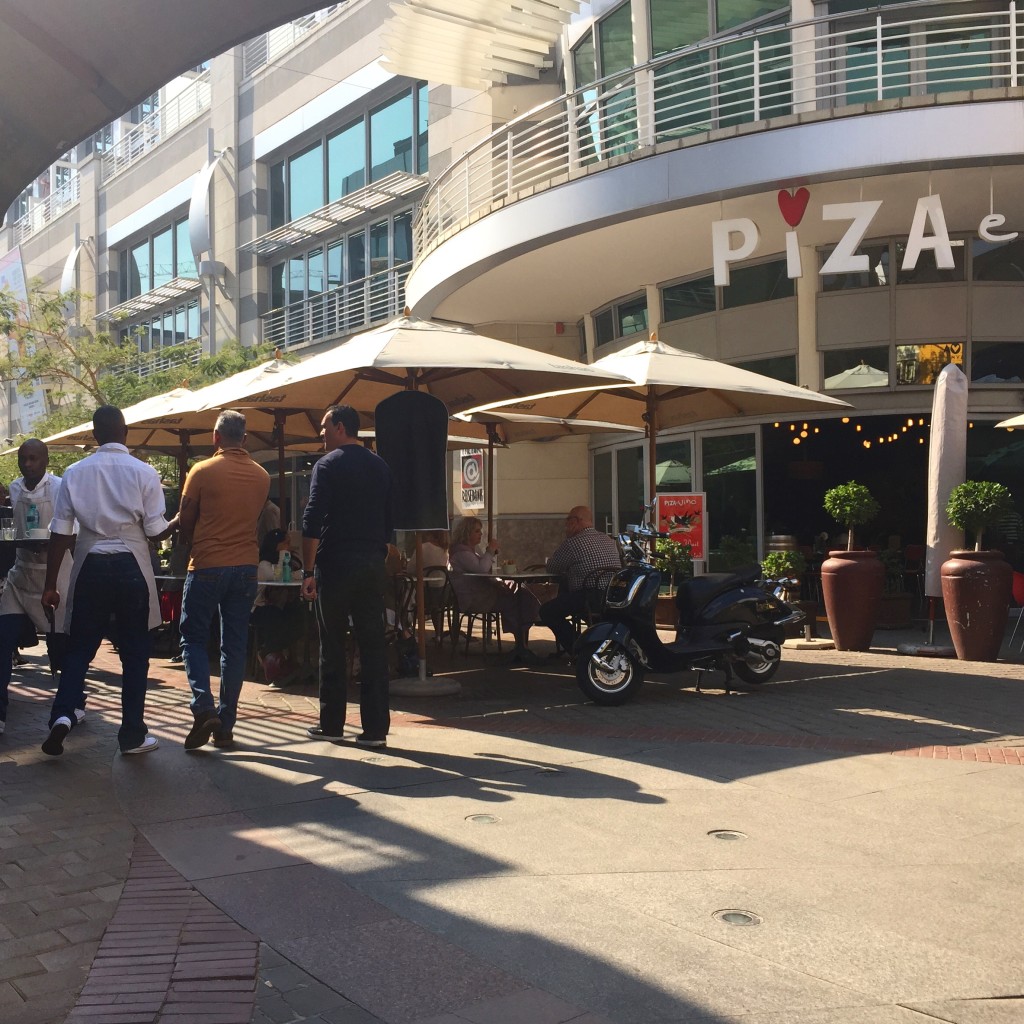

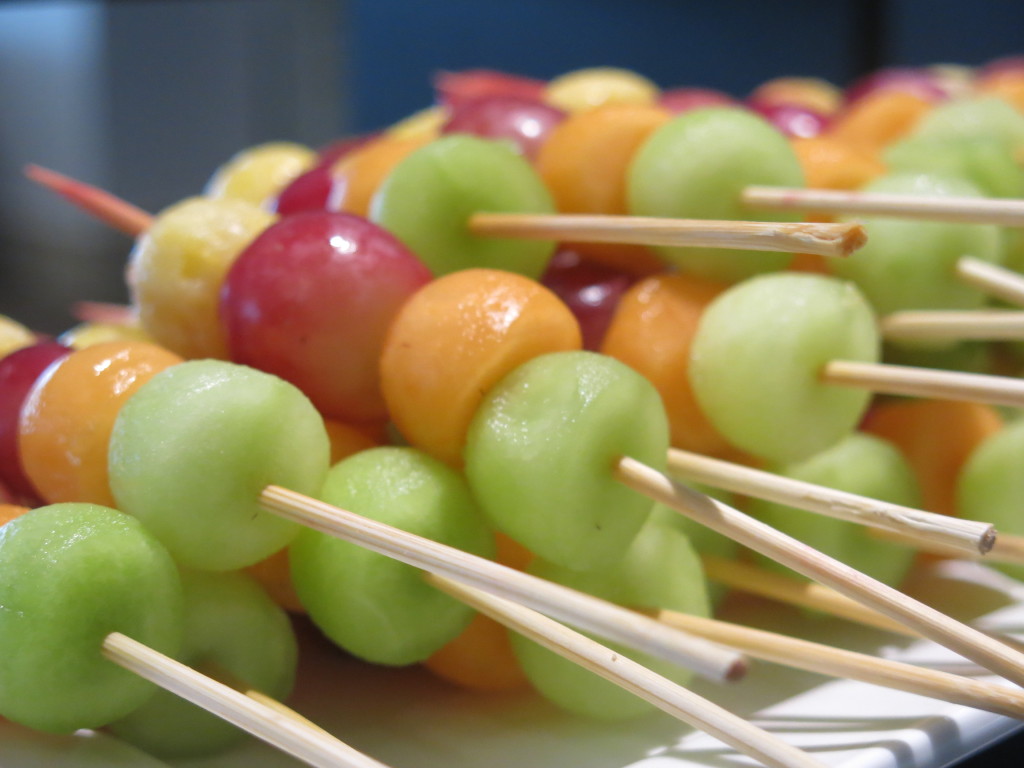

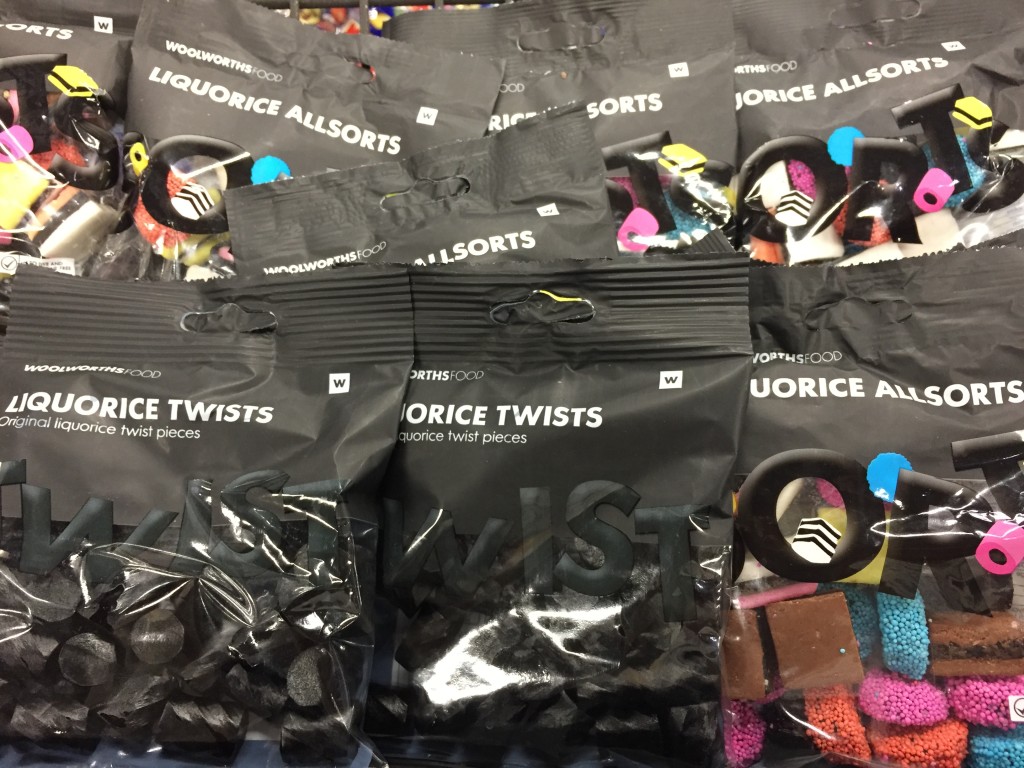

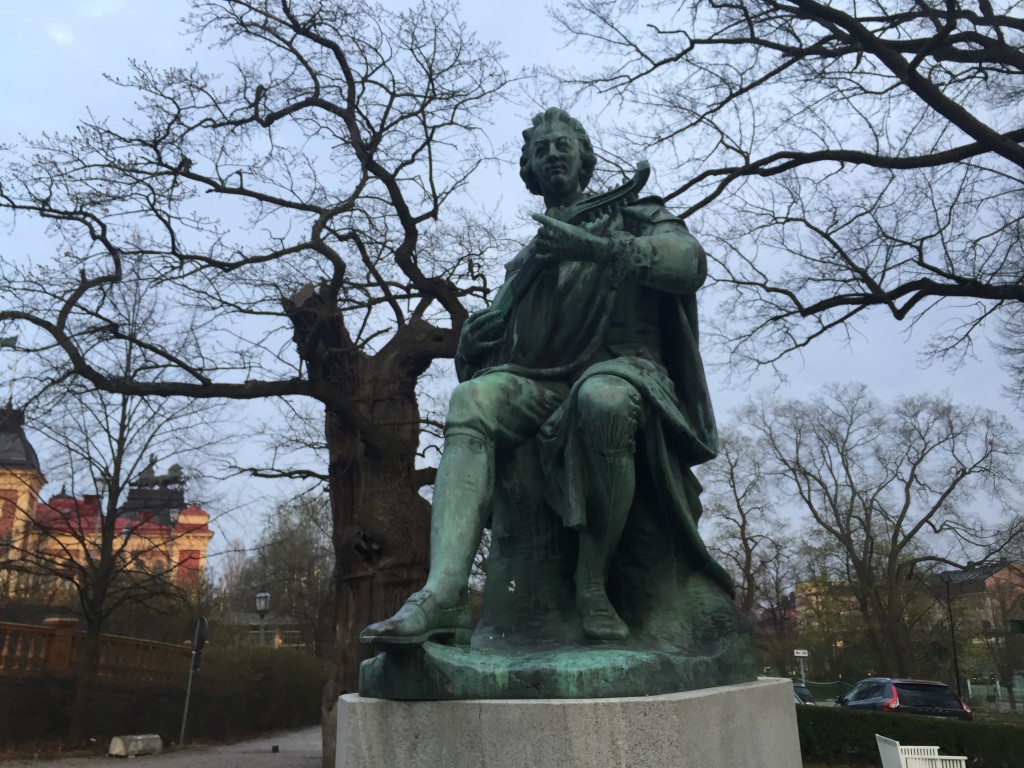

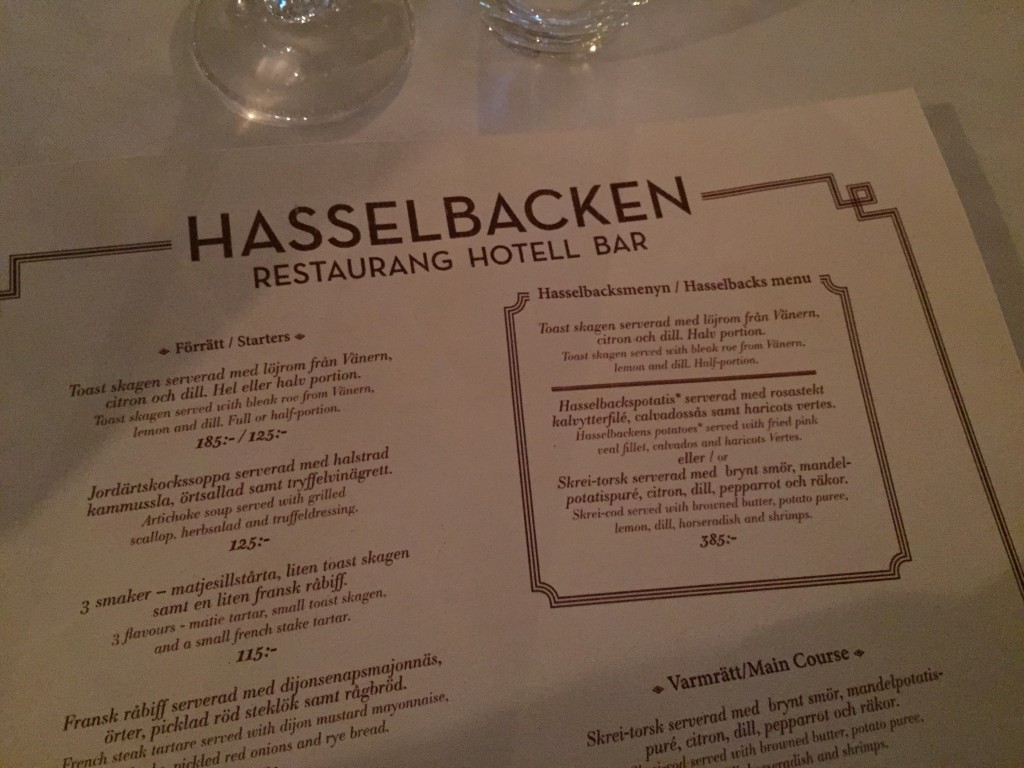
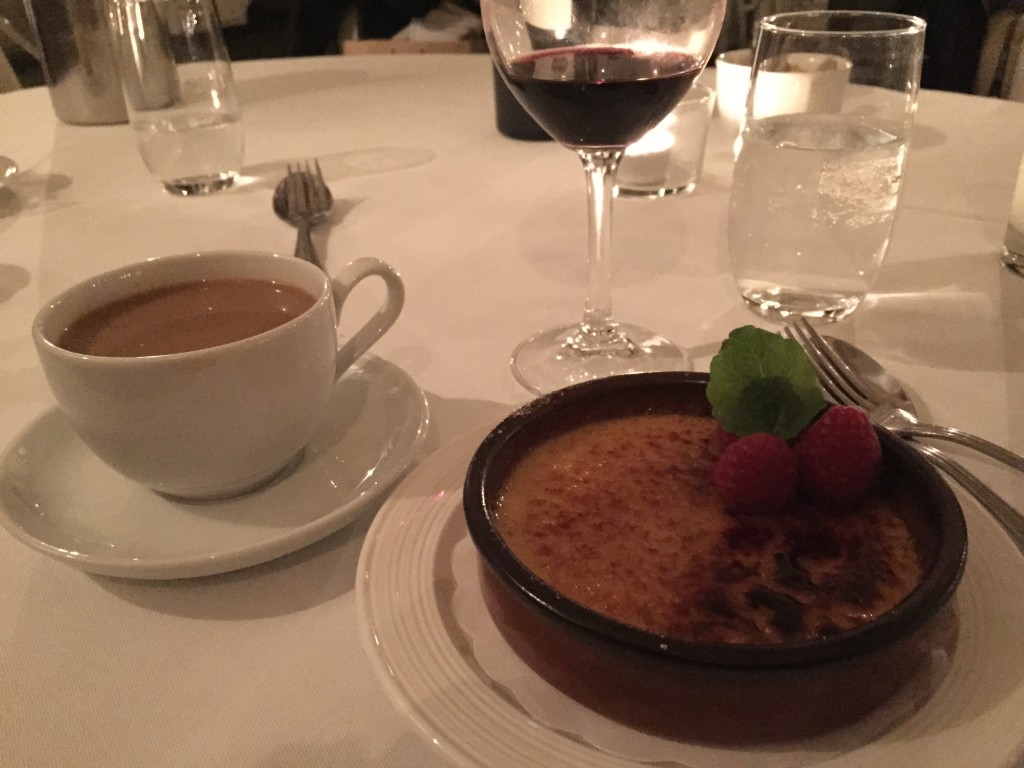
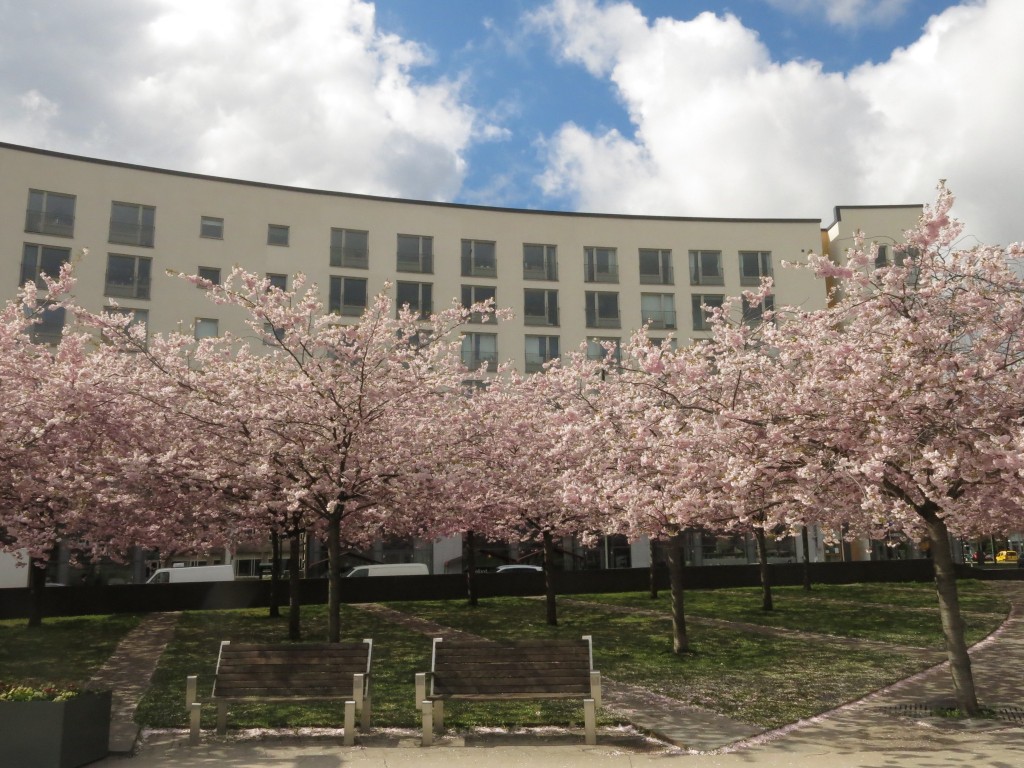



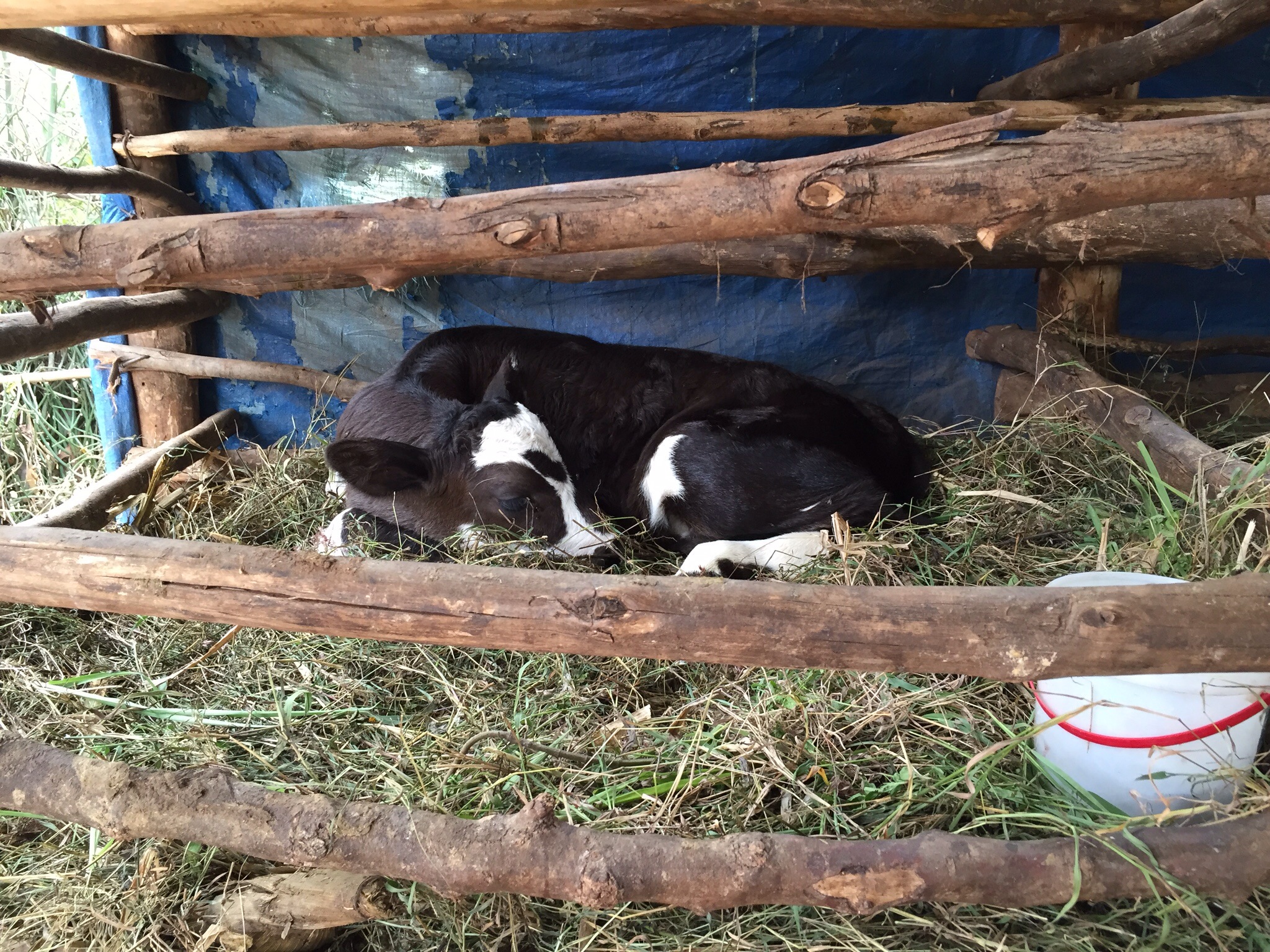
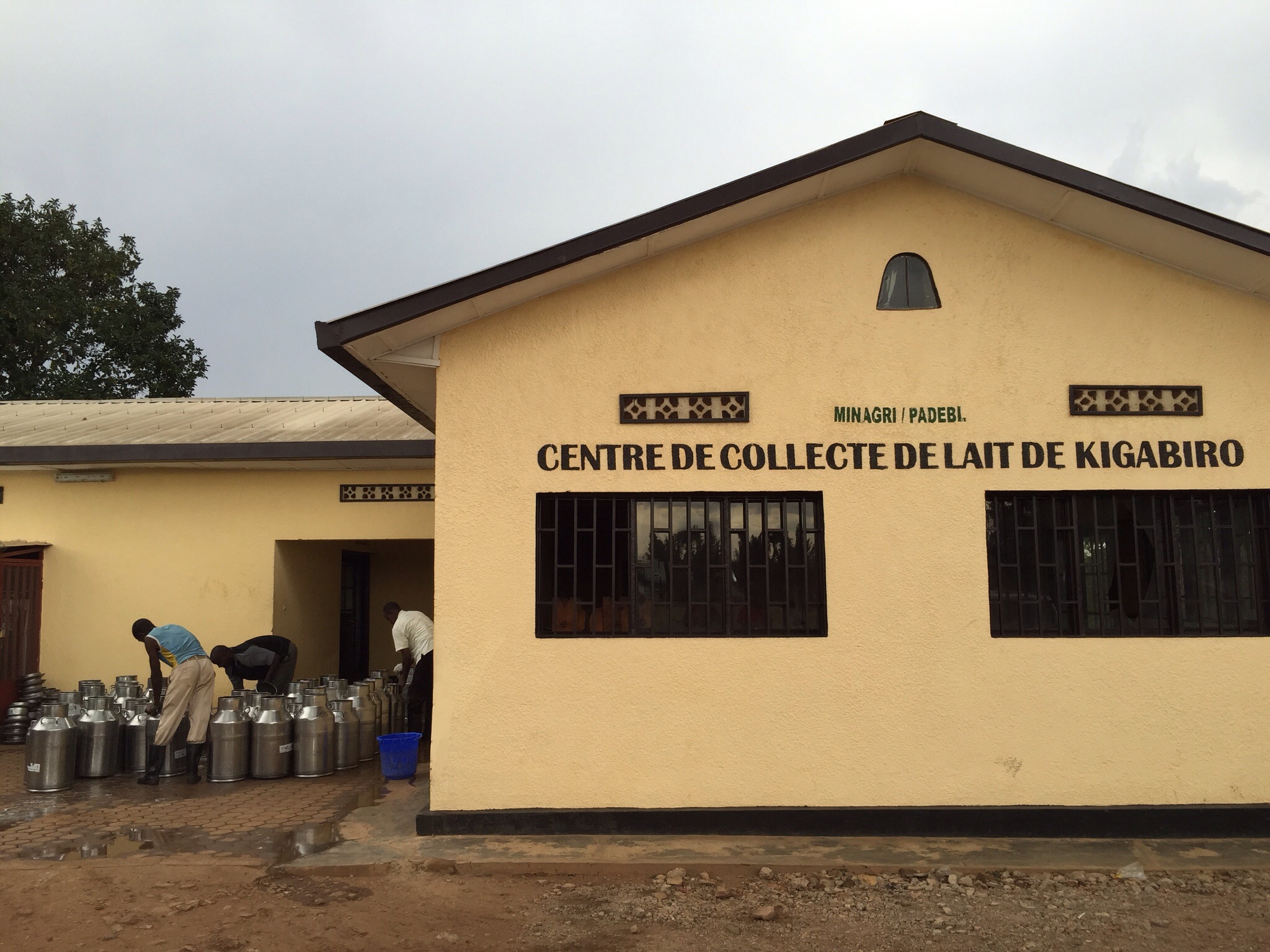

 These last pics are from a dairy cooperative and several of the farmers we met were part of this cooperative. The top and the bottom picture demonstrate different types of ttansport used for milk collection – obviously the difference in efficiency is enormous. The little sleeping calf was a new addition to one farmer’s herd, only seven days old.
These last pics are from a dairy cooperative and several of the farmers we met were part of this cooperative. The top and the bottom picture demonstrate different types of ttansport used for milk collection – obviously the difference in efficiency is enormous. The little sleeping calf was a new addition to one farmer’s herd, only seven days old. 